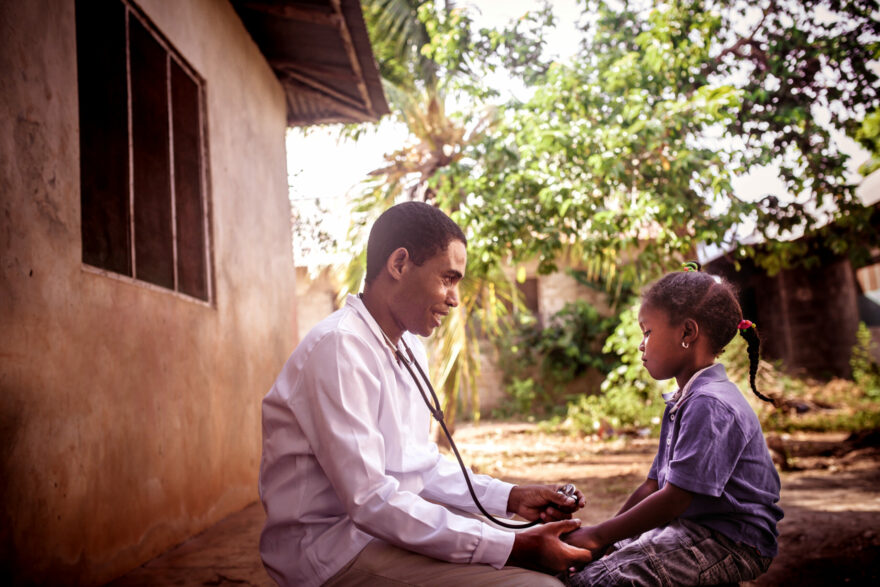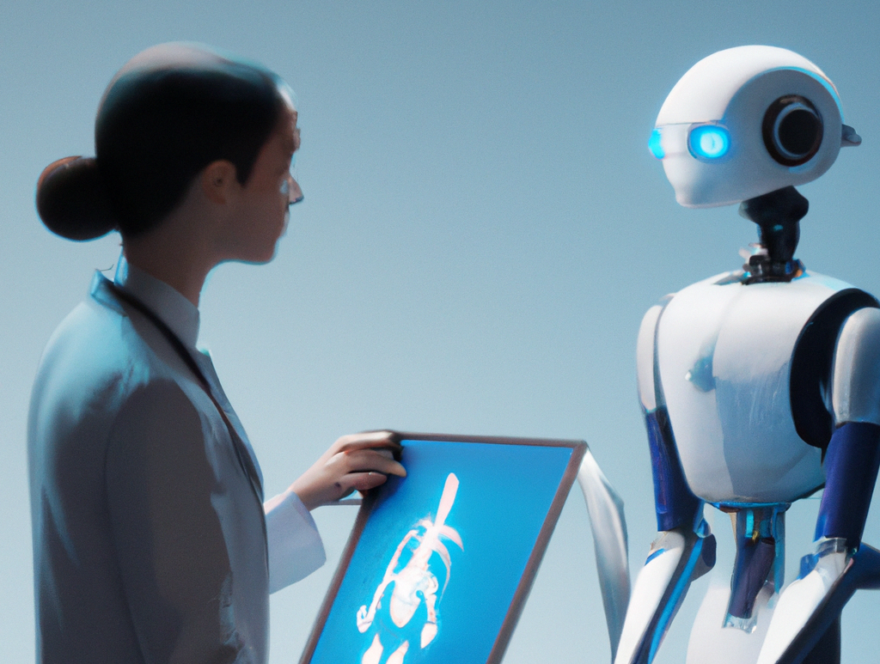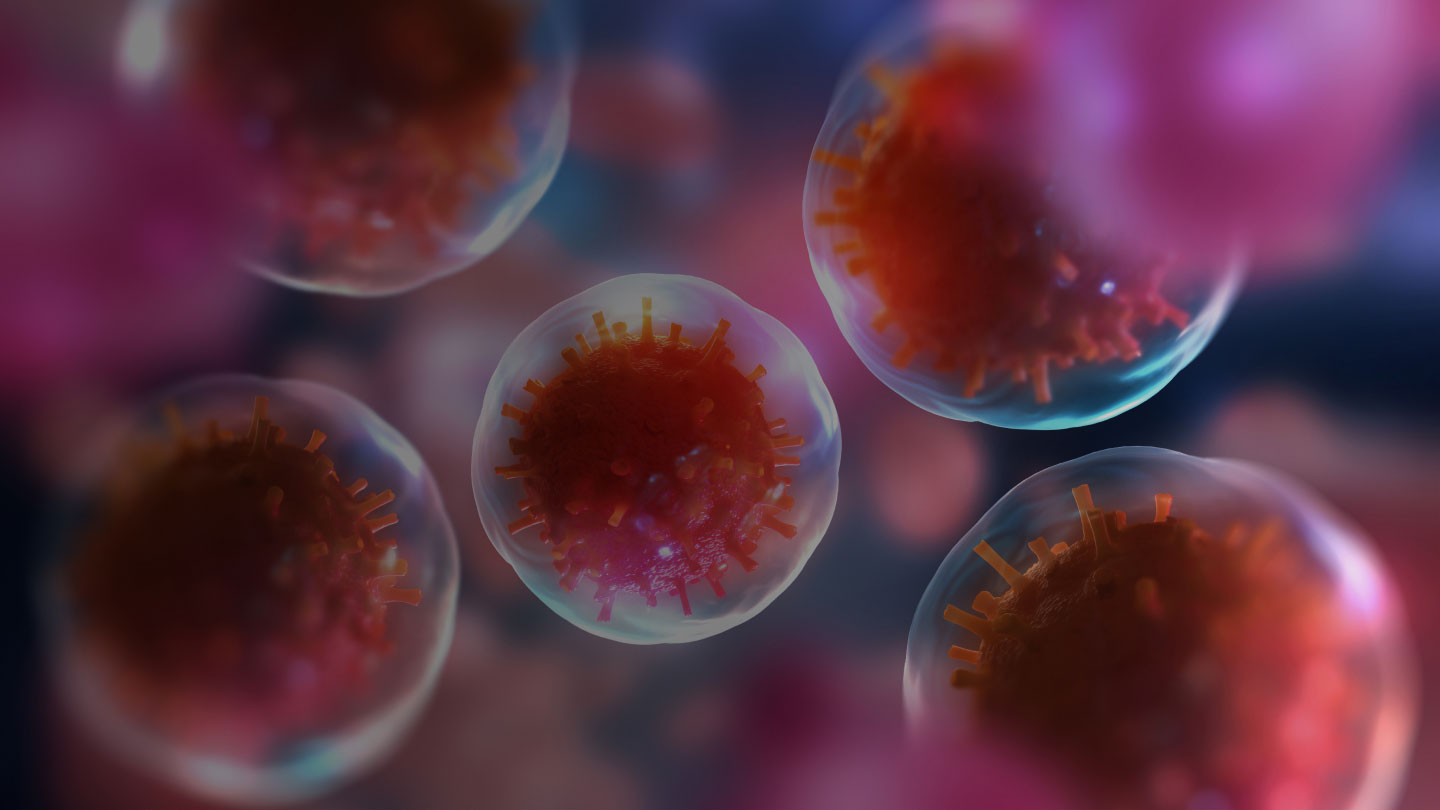harrison.ai’s mission is to raise the standard of healthcare for millions of patients every day, or in other words, to scale healthcare.
It is no secret that the demand for healthcare exceeds supply, even before the era of COVID-19. It is also no secret that the healthcare industry is slow to adopt innovation and risk averse.
One of the core reasons for this mismatch in demand and supply is the artisanal nature of medicine. Medical training still follows the artisanal model of apprentice, journeyman, and master. For instance, medical students slowly progress into supervised residents, to attending physicians who practice medicine independently. While this is a time-tested structure which safely produces competent medical professionals under supervision, the number of training positions limits the number of trainees that can be produced.

The core cognitive and physical tasks performed in medicine are highly manual – a single doctor can only consult one patient at a time, and a single radiologist can only read one CT scan at a time. These bottlenecks in healthcare haven’t changed since the advent of modern medicine.
A fundamental change in the way medical care is delivered is needed in order to scale up healthcare delivery worldwide. This is particularly true in developing countries, where opportunities for training healthcare professionals are even fewer, leading to a shortage of trained healthcare professionals. For example, Kenya has one doctor per 16,000 people, far below the WHO’s recommended ratio of one per 1000 people, compared to Australia, which has 3.9 per 1000 people.

Artificial intelligence promises to do for medicine what steam power did for artisanal manual labour during the industrial revolution. Steam power removed the need for workers to perform every step manually using human strength, such as draining water from mines. Similarly artificial intelligence means that medical professionals may not need to perform each step themselves using human cognition, and can now supervise AI models instead of repetitively performing these tasks, finally enabling the delivery of healthcare at an industrial scale.
Imagine a world where instead of the radiologist reviewing every image in every study, artificial intelligence helps to screen the results and identify the most important images to focus upon.
This would be akin to an AI tool that could scan your email inbox and flag the most important and urgent emails for you to address. Likewise, instead of spending time on chasing up test results or writing letters, conversational artificial intelligence such as Google Duplex could help interface with legacy phone-based results systems or even synthesise patient history into a succinct referral letter to a specialist.
Yet the development of artificial intelligence in medicine is still in its infancy. The Medical Journal of Australia details the challenges in training doctors, “the breadth of skills and knowledge required in medical practice are difficult to encompass in a model… Current research focuses on more easily measurable task-related routine medical expertise, such as perceptual diagnostic reasoning (e.g. interpreting electrocardiograms or mammography results)”.

The challenges of training artificial intelligence mirror that of training doctors, and as such harrison.ai’s current generation of artificial intelligence tools in radiology (Annalise.ai) & pathology (Franklin.ai) focus on the same ‘easily measurable’ tasks. These tasks have well defined inputs and outputs, and performance (either of humans or of artificial intelligence) can be quantified through metrics such as accuracy, or the percentage of cases correctly answered by the artificial intelligence. These are well defined metrics which have been used by researchers in diagnostic medicine for many years, and are well understood by clinicians and regulators alike.
In contrast, tasks which are much harder to measure include, for instance, the ability of a conversational artificial intelligence to take a coherent and meaningful clinical history from a patient. While some of the technology required to perform such tasks have already been developed and are being used outside of the medical domain, the difficulties in validation and proving such technology safe will limit their deployment in the near future within medicine, proving the necessary and vital role of medical professionals in the future of healthcare.
Many outside of healthcare have already referred to artificial intelligence as the fourth industrial revolution, as in other industries it will enable greater automation than what already exists. Healthcare is on the brink of a paradigm shift – the industrialization of medicine. This shift will bring about unprecedented levels of automation in healthcare, making it more efficient and accessible for patients than ever before.
Jarrel Seah, Director of Clinical AI @Harrison.ai
Subscribe to news.ai below to keep ahead of the game with news, events & podcasts from the world of healthtech & harrison.ai










